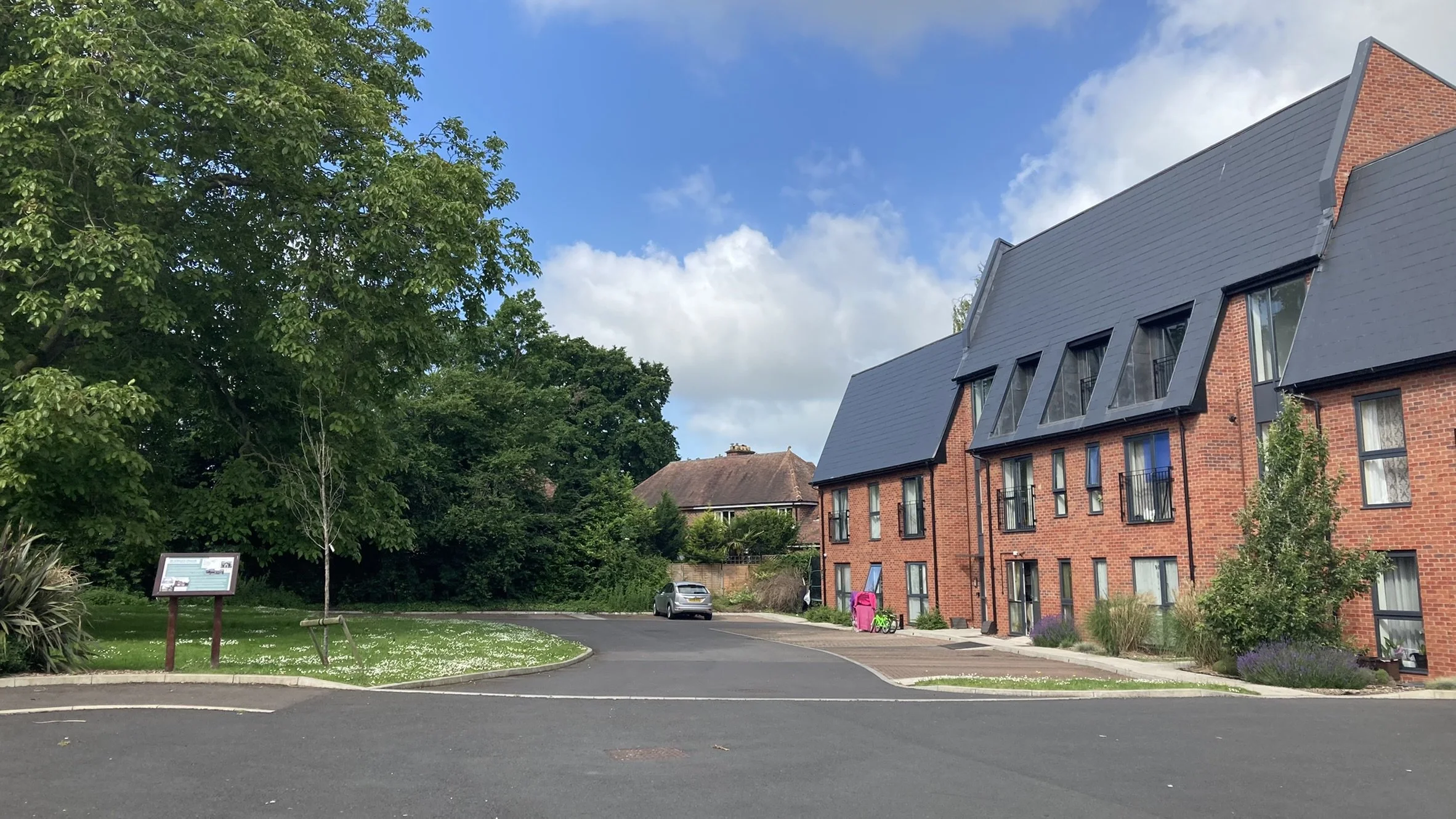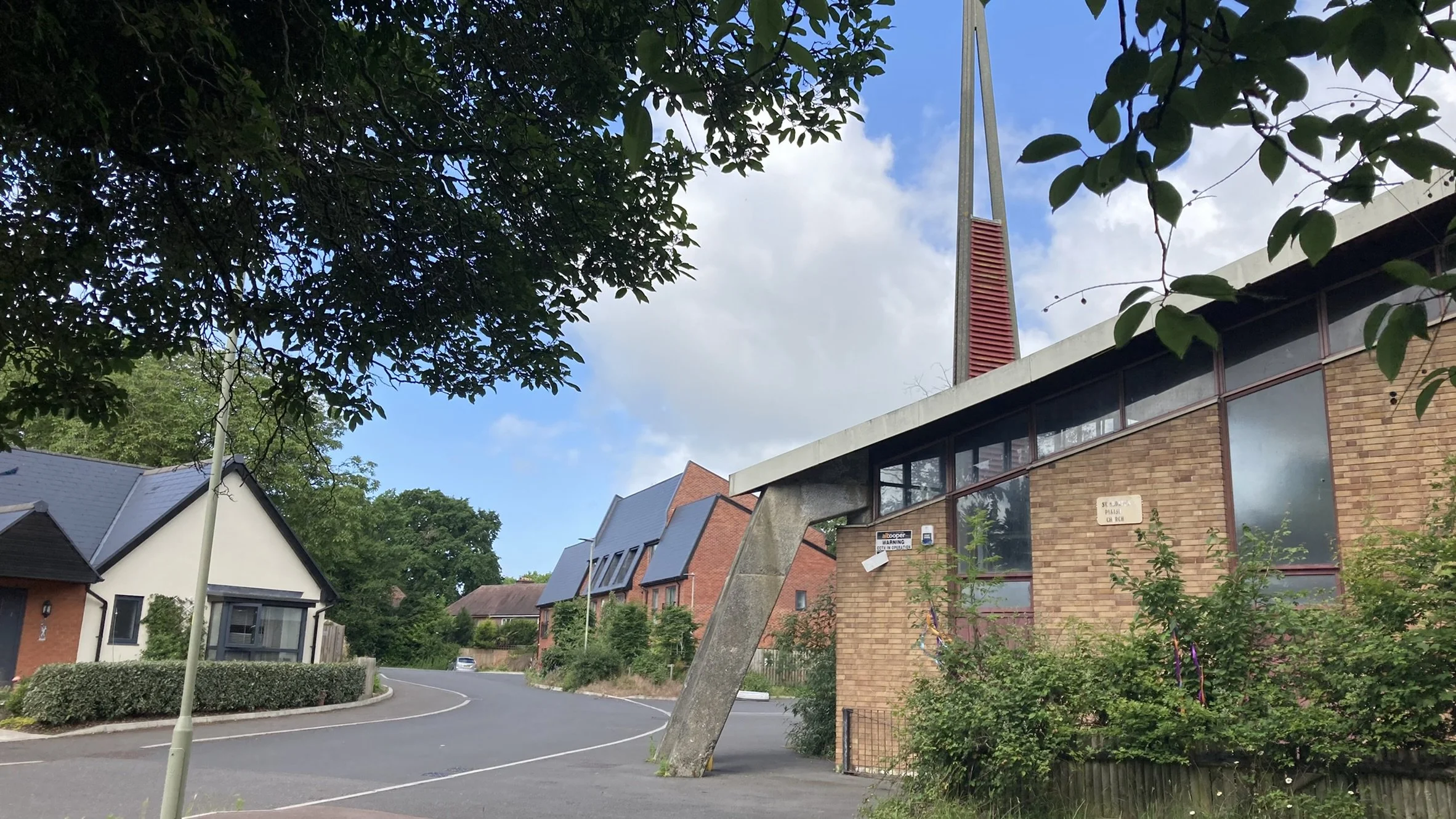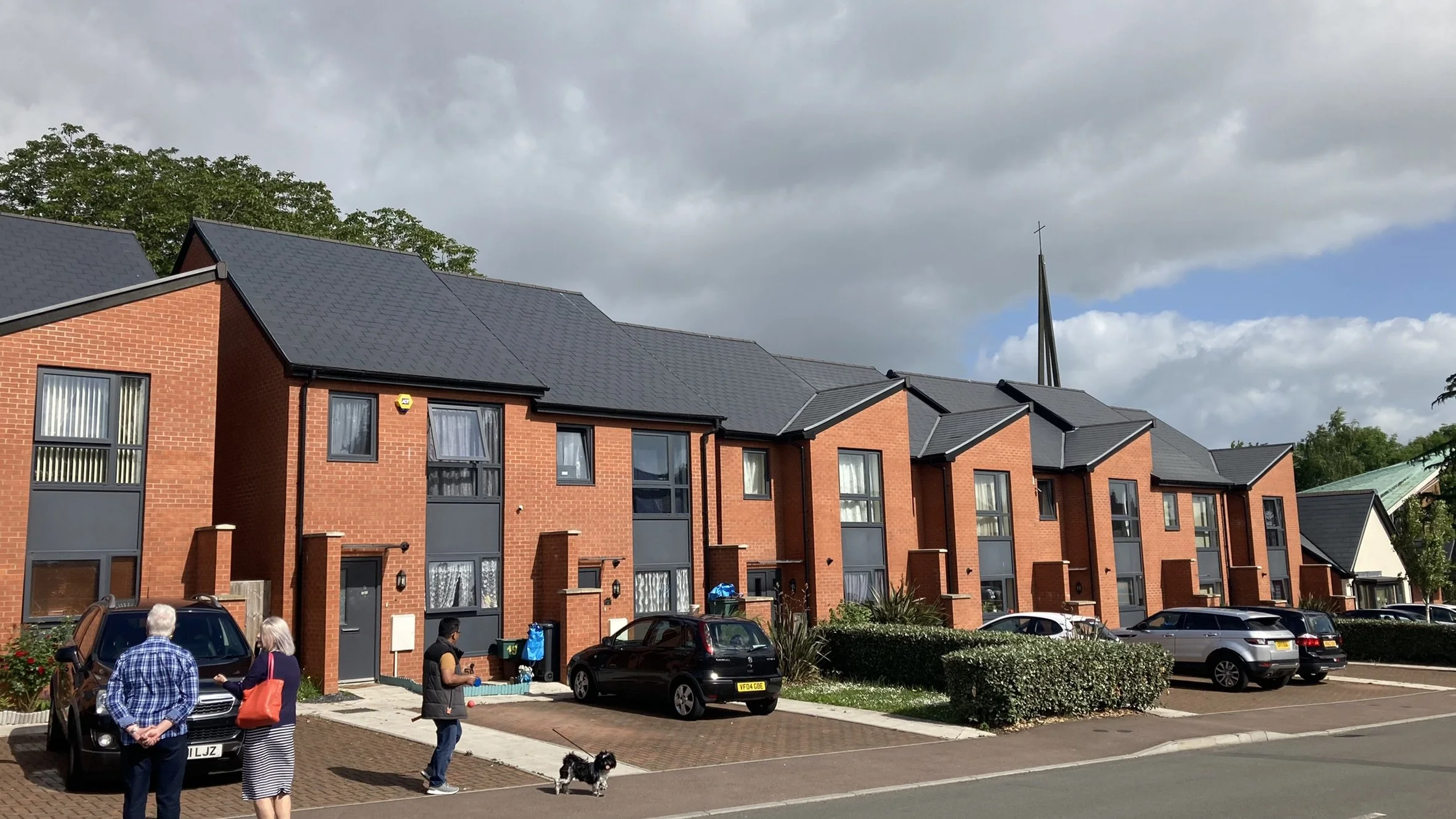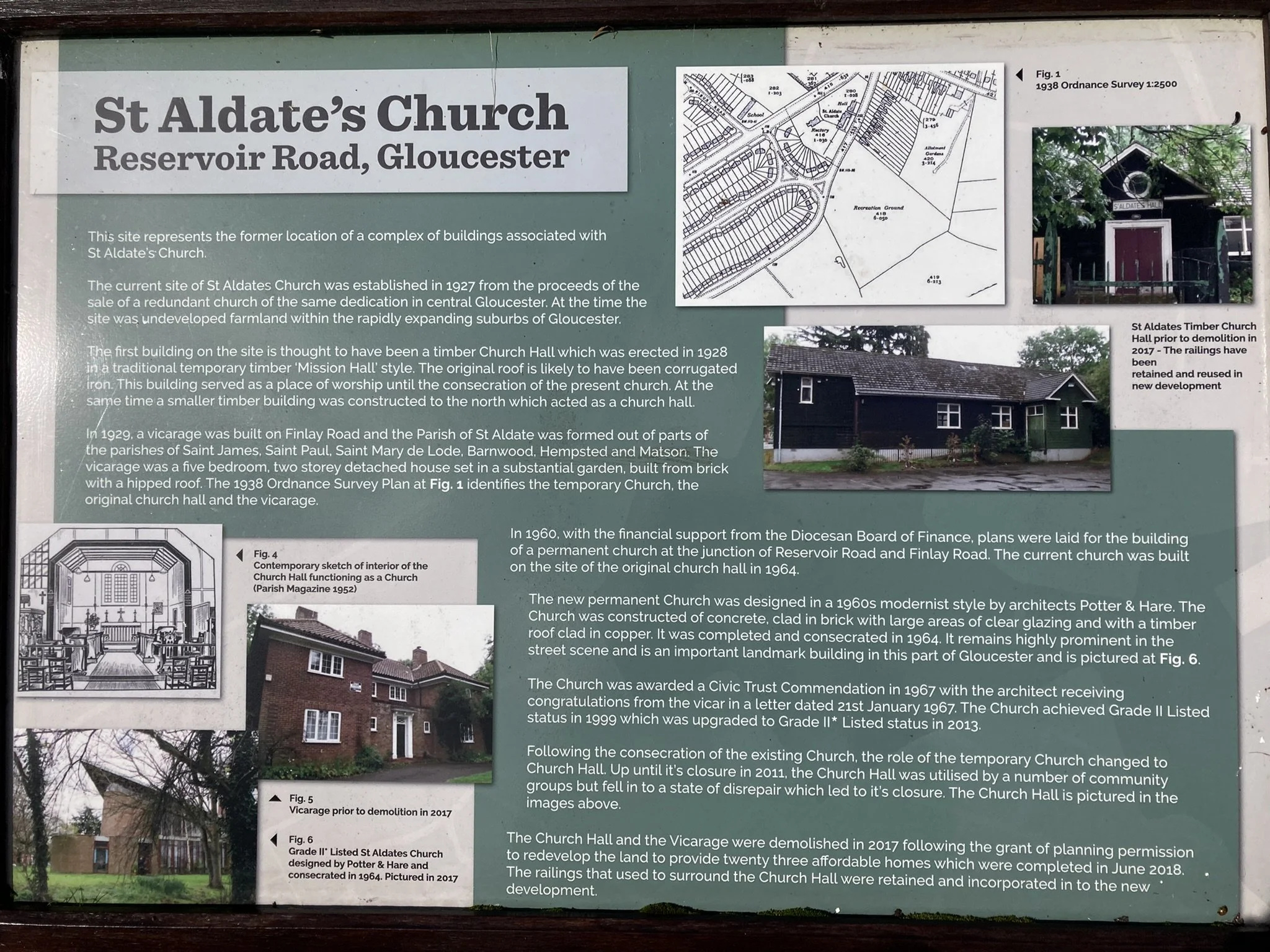St Aldate’s, Gloucester
The Story in Depth
St Aldates is a Grade II listed church from the 1960s; alongside it was a wooden church hall and large vicarage - neither of which were fit for purpose any more. What would the diocese do?
-
Starting point
St Aldate’s Church is a Grade II listed building from the 1960s, which sat alongside a wooden church hall and a large, detached vicarage in substantial grounds.
By the 2010s the vicarage was no longer required by the church, neither was the church hall used by the community, due to its poor physical condition and cost of upkeep. The diocese of Gloucester recognised that the church and hall were built to serve the local community and wanted to continue to do this in a more cost effective and efficient way.
-
The plan
The diocese was keen to bring sites forward for affordable housing, and to remodel churches to provide improved community facilities. Rooftop Housing Group had previously worked with the Diocese of Gloucester and Gloucester City Council, with support from Housing Justice’s Faith in Affordable Housing programme, to build 14 new affordable homes at St Stephen’s Vicarage, Frampton Road.
These partners came together in 2011 and proposed a scheme to demolish the vicarage and church hall and build over thirty affordable homes. The proceeds of the land sale would be used to refurbish St Aldate’s Church, so that it could be used as a community facility for local groups.
-
The journey
There was significant local opposition to the initial plan, largely due to the proposed demolition of the church hall and the loss of a number of trees on the site, which were all covered by a blanket Tree Preservation Order.
Rooftop employed a Heritage Consultant in 2013 to justify the loss of the church hall. As a result, the listing of the church itself was upgraded to Grade II* but it was confirmed that the church hall and the vicarage were excluded from listing.
Due to the level of opposition, Rooftop applied for the Homes and Communities Agency’s South West Design Review Panel to provide a critique of the design proposals. The Panel was largely supportive and offered constructive design comments. Consequently, the plans were amended to ensure the new homes fronted the main road and a new combined road access for the church and housing development was incorporated.
A planning application for 25 affordable homes was submitted in summer 2014. However, local opposition remained high and as a result a local community group known as the White City Action Group (WCAG) applied to list the church hall as an Asset of Community Value. This stopped the sale of the hall and planning application in its tracks.
The WCAG’s intention was to purchase and refurbish the building. However, they too came to the conclusion that the building was beyond economical repair and that a modern, purpose-built community facility would a better option. Following discussions between the stakeholders, the diocese agreed to donate the proceeds of the land sale to the WCAG to kick start a fundraising campaign to build a new community hall on a nearby council owned site.
In 2017, planning permission for 23 affordable homes was granted and work started on site soon afterwards. The 12 apartments, 2 bungalows and 9 family homes were completed in June 2018.
(…continued below images)

Flats built on the site of the vicarage

The large trees were preserved

One of the new bungalows

Bungalow, flats and existing church building

Two- and three-bed houses built in the vicarage garden

Rear of the row of new houses

Plaque describing the history of the site

The church and wooden church hall prior to redevelopment (copyright: Philip Halling)

The team behind the project
-
Resources
- The development attracted £480,000 of grant from Homes England’s predecessor, HCA
- The land receipt was donated by the Diocese to WCAG
- Total scheme cost came to over £3 million
-
Keys to success and biggest challenges
- Commitment by Rooftop to deliver affordable homes, despite the significant planning constraints and the strong opposition from local residents and Conservation Officers.
- Successful partnership working and collaboration with the Diocese, WCAG and the city council
- The well-respected South West Design Review Panel’s critique of the proposals early on enabled Rooftop to make sensible changes to the design layout.
- The appointment of specialists to challenge officers’ original views on items such as heritage and conservation which put the scheme in jeopardy.
Challenges came from:
- The listing of the church hall as an Asset of Community Value, which delayed the development of the site by over two years.
- Some of the land required for access was consecrated and owned by a third party; Rooftop was granted a licence to access the remainder of the site whilst the regulatory process of de-consecration and transfer was completed.
- A blanket Tree Preservation Order across the site reduced the amount of developable land. A full arboricultural survey had to be carried out, which justified the loss of lower quality trees.
-
Final outcomes
- 23 new affordable homes: 20 for affordable rent (up to 80% market rent) and 3 in shared ownership.
- Significant investment provided towards a new, purpose built community facility for the White City Action Group.
-
Credits
Photo credits: Jonathan Tame and Philip Halling.
The text is adapted from a case study by Housing Justice (https://housingjustice.org.uk/wp-content/uploads/2020/02/St-Aldates-Church-website-summary.pdf).

